1. Kepler CK, Vaccaro AR, Hilibrand AS, et al. National trends in the use of fusion techniques to treat degenerative spondylolisthesis. Spine (Phila Pa 1976). 2014; 39(19):1584–1589. PMID:
24979276.

2. Liu X, Wang Y, Qiu G, Weng X, Yu B. A systematic review with meta-analysis of posterior interbody fusion versus posterolateral fusion in lumbar spondylolisthesis. Eur Spine J. 2014; 23(1):43–56. PMID:
23812825.

3. Yamashita K, Hayashi J, Ohzono K, Hiroshima K. Correlation of patient satisfaction with symptom severity and walking ability after surgical treatment for degenerative lumbar spinal stenosis. Spine (Phila Pa 1976). 2003; 28(21):2477–2481. PMID:
14595167.

4. Ong KL, Auerbach JD, Lau E, Schmier J, Ochoa JA. Perioperative outcomes, complications, and costs associated with lumbar spinal fusion in older patients with spinal stenosis and spondylolisthesis. Neurosurg Focus. 2014; 36(6):E5.

5. Kang H, Jung HJ, Lee JS, Yang JJ, Shin HY, Song KS. Early postoperative analgesic effects of a single epidural injection of ropivacaine administered preoperatively in posterior lumbar interbody spinal arthrodesis: a pilot randomized controlled trial. J Bone Joint Surg Am. 2013; 95(5):393–399. PMID:
23467861.
6. Kim KT, Cho DC, Sung JK, et al. Intraoperative systemic infusion of lidocaine reduces postoperative pain after lumbar surgery: a double-blinded, randomized, placebo-controlled clinical trial. Spine J. 2014; 14(8):1559–1566. PMID:
24216403.

7. Farr J, Jaggers R, Lewis H, Plackis A, Sim SB, Sherman SL. Evidence-based approach of treatment options for postoperative knee pain. Phys Sportsmed. 2014; 42(2):58–70. PMID:
24875973.

8. Barrington JW, Halaszynski TM, Sinatra RS. Expert Working Group on Anesthesia and Orthopaedics Critical Issues in Hip and Knee Replacement Arthroplasty FT. Perioperative pain management in hip and knee replacement surgery. Am J Orthop (Belle Mead NJ). 2014; 43(4 Suppl):S1–S16.
9. Cai GH, Huang J, Zhao Y, et al. Antioxidant therapy for pain relief in patients with chronic pancreatitis: systematic review and meta-analysis. Pain Physician. 2013; 16(6):521–532. PMID:
24284838.
10. Hasanzadeh Kiabi F, Soleimani A, Habibi MR, Emami Zeydi A. Can vitamin C be used as an adjuvant for managing postoperative pain? A short literature review. Korean J Pain. 2013; 26(2):209–210. PMID:
23614091.

11. Kanazi GE, El-Khatib MF, Yazbeck-Karam VG, Hanna JE, Masri B, Aouad MT. Effect of vitamin C on morphine use after laparoscopic cholecystectomy: a randomized controlled trial. Can J Anaesth. 2012; 59(6):538–543. PMID:
22402954.

12. Shibuya N, Humphers JM, Agarwal MR, Jupiter DC. Efficacy and safety of high-dose vitamin C on complex regional pain syndrome in extremity trauma and surgery: systematic review and meta-analysis. J Foot Ankle Surg. 2013; 52(1):62–66. PMID:
22985495.
13. Shah AS, Verma MK, Jebson PJ. Use of oral vitamin C after fractures of the distal radius. J Hand Surg Am. 2009; 34(9):1736–1738. PMID:
19896015.

14. Fukushima R, Yamazaki E. Vitamin C requirement in surgical patients. Curr Opin Clin Nutr Metab Care. 2010; 13(6):669–676. PMID:
20689415.

15. Lu R, Kallenborn-Gerhardt W, Geisslinger G, Schmidtko A. Additive antinociceptive effects of a combination of vitamin C and vitamin E after peripheral nerve injury. PLoS One. 2011; 6(12):e29240. PMID:
22195029.

16. Park JM, Kim CK, Lee HC, et al. Antiallodynic effects of vitamin C and vitamin E in chronic post-ischemia pain rat model. Korean J Anesthesiol. 2013; 65(5):442–448. PMID:
24363848.

17. Rice ME. Ascorbate regulation and its neuroprotective role in the brain. Trends Neurosci. 2000; 23(5):209–216. PMID:
10782126.

18. Zollinger PE, Tuinebreijer WE, Breederveld RS, Kreis RW. Can vitamin C prevent complex regional pain syndrome in patients with wrist fractures? A randomized, controlled, multicenter dose-response study. J Bone Joint Surg Am. 2007; 89(7):1424–1431. PMID:
17606778.
19. Zollinger PE, Tuinebreijer WE, Kreis RW, Breederveld RS. Effect of vitamin C on frequency of reflex sympathetic dystrophy in wrist fractures: a randomised trial. Lancet. 1999; 354(9195):2025–2028. PMID:
10636366.

20. Besse JL, Gadeyne S, Galand-Desme S, Lerat JL, Moyen B. Effect of vitamin C on prevention of complex regional pain syndrome type I in foot and ankle surgery. Foot Ankle Surg. 2009; 15(4):179–182. PMID:
19840748.

21. Rosa KA, Gadotti VM, Rosa AO, Rodrigues AL, Calixto JB, Santos AR. Evidence for the involvement of glutamatergic system in the antinociceptive effect of ascorbic acid. Neurosci Lett. 2005; 381(1-2):185–188.

22. Iwata N, Okazaki M, Xuan M, Kamiuchi S, Matsuzaki H, Hibino Y. Orally administrated ascorbic acid suppresses neuronal damage and modifies expression of SVCT2 and GLUT1 in the brain of diabetic rats with cerebral ischemiareperfusion. Nutrients. 2014; 6(4):1554–1577. PMID:
24739976.

23. Kim HK, Park SK, Zhou JL, et al. Reactive oxygen species (ROS) play an important role in a rat model of neuropathic pain. Pain. 2004; 111(1-2):116–124. PMID:
15327815.

24. Wang ZJ, Hu WK, Liu YY, et al. The effect of intravenous vitamin C infusion on periprocedural myocardial injury for patients undergoing elective percutaneous coronary intervention. Can J Cardiol. 2014; 30(1):96–101. PMID:
24365194.

25. Lee I, Kim HK, Kim JH, Chung K, Chung JM. The role of reactive oxygen species in capsaicin-induced mechanical hyperalgesia and in the activities of dorsal horn neurons. Pain. 2007; 133(1-3):9–17. PMID:
17379413.

26. Cazeneuve JF, Leborgne JM, Kermad K, Hassan Y. Vitamin C and prevention of reflex sympathetic dystrophy following surgical management of distal radius fractures. Acta Orthop Belg. 2002; 68(5):481–484. PMID:
12584978.
27. Zollinger PE, Kreis RW, van der Meulen HG, van der Elst M, Breederveld RS, Tuinebreijer WE. No higher risk of CRPS after external fixation of distal radial fractures: subgroup analysis under randomised vitamin C prophylaxis. Open Orthop J. 2010; 4:71–75. PMID:
20309405.
28. Chothe PP, Chutkan N, Sangani R, et al. Sodium-coupled vitamin C transporter (SVCT2): expression, function, and regulation in intervertebral disc cells. Spine J. 2013; 13(5):549–557. PMID:
23415019.

29. Smith VH. Vitamin C deficiency is an under-diagnosed contributor to degenerative disc disease in the elderly. Med Hypotheses. 2010; 74(4):695–697. PMID:
19932568.

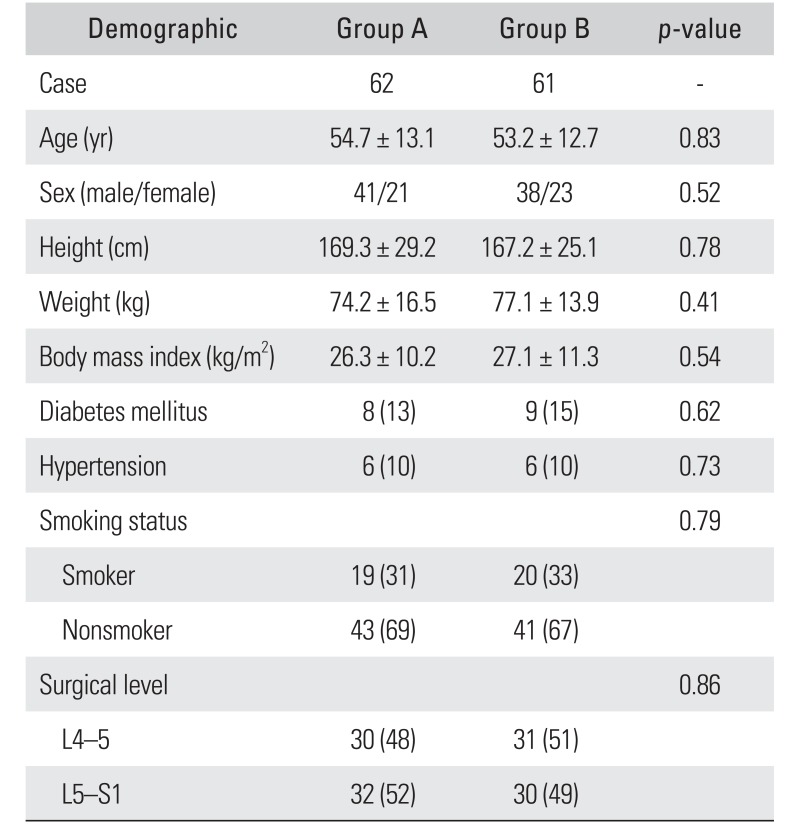
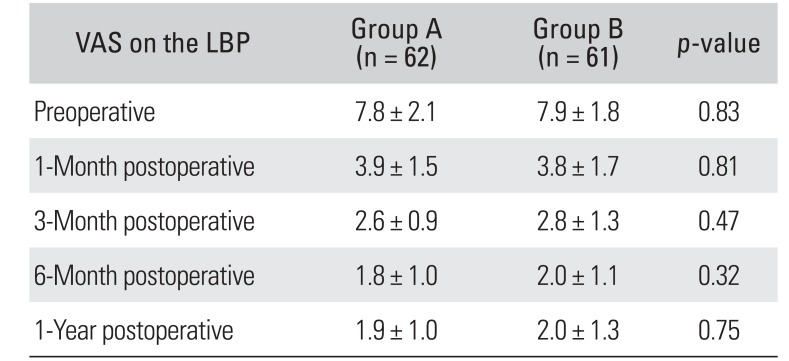
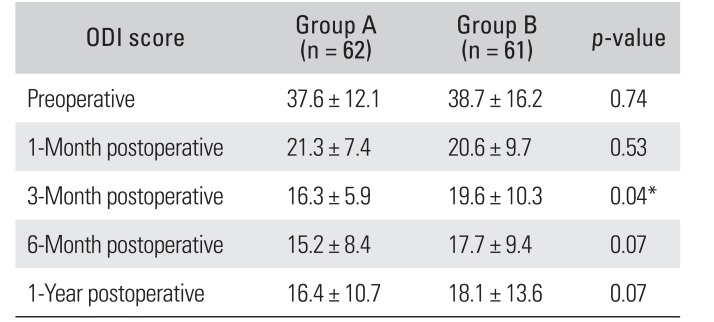
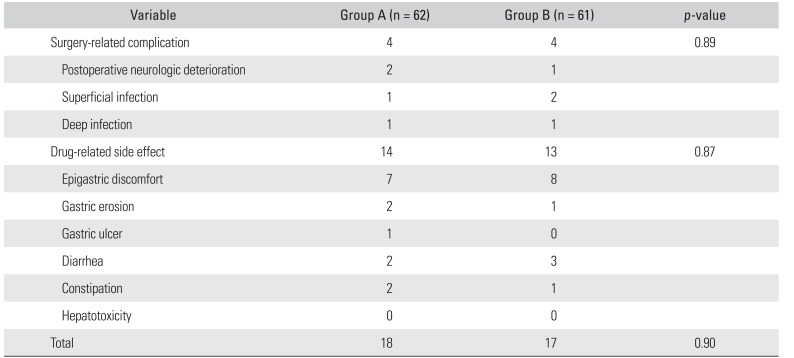




 PDF
PDF ePub
ePub Citation
Citation Print
Print


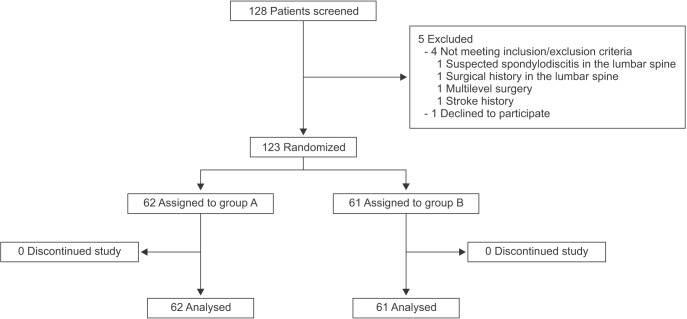
 XML Download
XML Download